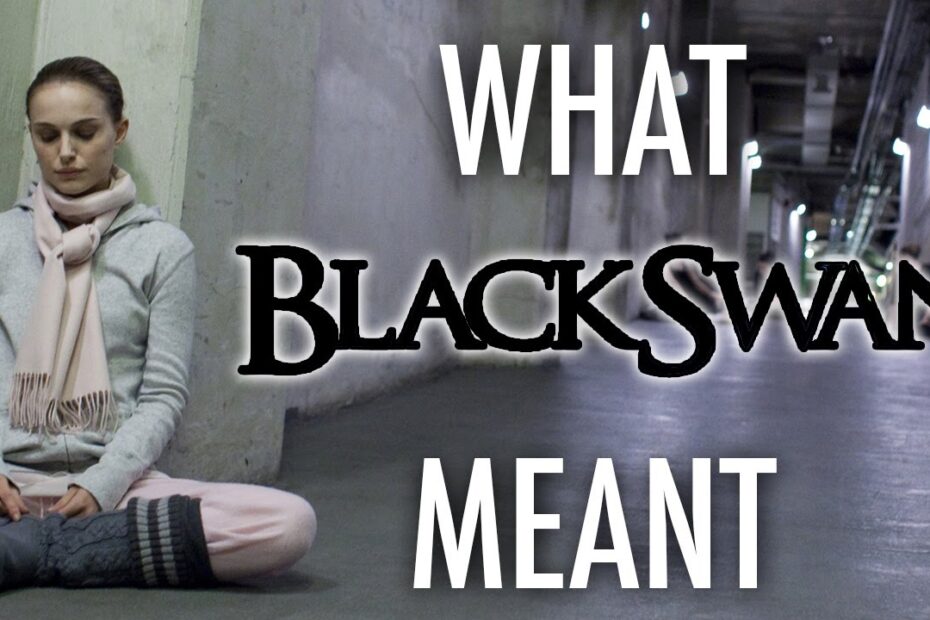What mental illness did Nina have in Black Swan?
In Black Swan, Nina Sayers, portrayed by Natalie Portman, grapples with a complex mix of mental health issues, primarily psychosis and obsessive-compulsive disorder (OCD). Her descent into madness is fueled by the intense pressure to perfect her role as the Swan Queen, blurring the lines between reality and hallucination. Nina’s hallucinations, paranoia, and self-harm are classic symptoms of psychosis, while her meticulous routines and perfectionism scream OCD. It’s like she’s auditioning for the role of “Most Stressed Ballerina Ever” and absolutely nailing it—though not in a healthy way.
Here’s a quick breakdown of Nina’s mental struggles:
- Psychosis: Hallucinations, delusions, and a complete disconnect from reality.
- OCD: Obsessive behaviors, compulsive rituals, and an unrelenting need for control.
- Self-harm: Scratching her skin and other destructive behaviors as a coping mechanism.
Nina’s mental state is a tragic reminder of how far someone can spiral when perfectionism and pressure collide. It’s like her mind decided to choreograph its own chaotic ballet, and no one gave it a standing ovation.
What was the meaning behind the Black Swan movie?
Ah, Black Swan—the movie that made ballet look less like tutus and pirouettes and more like a psychological horror show. At its core, the film is a dark exploration of perfectionism and the toll it takes on the human psyche. Nina, played by Natalie Portman, is essentially a human pressure cooker, trying to embody both the innocent White Swan and the seductive Black Swan in Swan Lake. Spoiler alert: it doesn’t end well for her sanity. The movie dives into themes of identity, obsession, and the fine line between artistry and self-destruction. It’s basically a cautionary tale for anyone who’s ever thought, “I’ll just work harder and everything will be fine.”
But wait, there’s more! Black Swan also serves up a hefty dose of symbolism. The duality of the swans mirrors Nina’s internal struggle—her repressed desires versus her need for control. The movie is like a psychological thriller wrapped in a ballet drama, with a side of “what just happened?” moments. It’s not just about ballet; it’s about the lengths people go to in pursuit of perfection and how that pursuit can literally drive you crazy. So, if you’re looking for a lighthearted flick about dancing, this ain’t it. But if you want a deep dive into the dark side of ambition, grab some popcorn and prepare to be disturbed.
- Perfectionism: Nina’s obsession with being flawless is her ultimate downfall.
- Duality: The White Swan and Black Swan represent her inner conflict.
- Mental Health: The film highlights the psychological toll of extreme pressure.
What did the ending of Black Swan mean?
The ending of Black Swan is like a pirouette into madness—graceful, confusing, and slightly terrifying. Nina’s final performance as the Swan Queen is a masterpiece of duality: she nails the role (literally and figuratively) but pays the ultimate price. Her transformation into the Black Swan is complete, but so is her descent into her own psyche. The blood, the applause, and her whispered “I was perfect” leave us wondering: was it all worth it, or did Nina just win the Most Dramatic Exit award?
Here’s the breakdown of what’s really going on:
- Reality vs. Delusion: Nina’s mind is a carnival of chaos, and by the end, it’s hard to tell what’s real and what’s in her head. Spoiler: it’s mostly in her head.
- Perfection at a Cost: She achieves artistic perfection but loses herself in the process. Talk about a toxic relationship with your craft.
- The Swan Metaphor: Nina becomes the Black Swan, embracing her darker side, but it’s a one-way ticket to self-destruction. Moral of the story? Maybe don’t take your role too seriously.
The ending is hauntingly beautiful, leaving us both awestruck and slightly traumatized. Nina’s journey is a reminder that perfection is overrated—and possibly fatal.
Why was Nina bleeding at the end of Black Swan?
Nina’s bleeding at the end of Black Swan is the cherry on top of her descent into madness—literally. After obsessively perfecting her role as the Black Swan, Nina’s mental and physical unraveling reaches its peak during the final performance. In a moment of hallucinatory intensity, she stabs herself with a shard of glass, believing it’s part of the act. Spoiler alert: it’s not. The blood is real, and so is her tragic transformation into the character she’s been chasing. It’s a grim reminder that sometimes, art really does bleed.
But wait, there’s more! The bleeding isn’t just a random plot twist—it’s a symbolic crescendo. Nina’s self-inflicted wound mirrors her psychological breakdown, where the lines between reality and delusion blur. She becomes the Black Swan, but at the cost of her sanity and, well, her abdomen. Here’s a quick breakdown of what’s happening:
- Hallucination: Nina thinks she’s stabbing her rival, Lily, but it’s all in her head.
- Reality check: She’s actually stabbing herself, and the blood is very much real.
- Symbolism: The bleeding represents her ultimate sacrifice for her art—and her tragic downfall.
So, while it’s not the happiest ending, it’s definitely one you won’t forget. Just maybe don’t try this at your next ballet recital.
